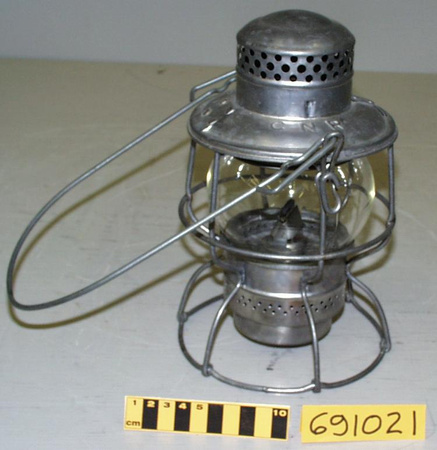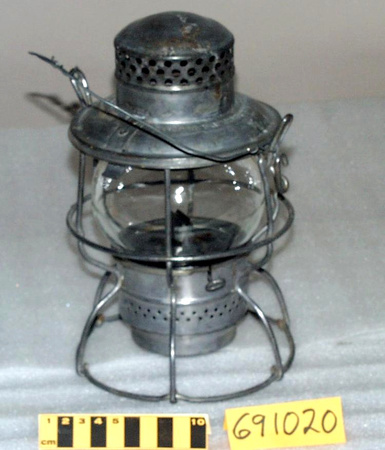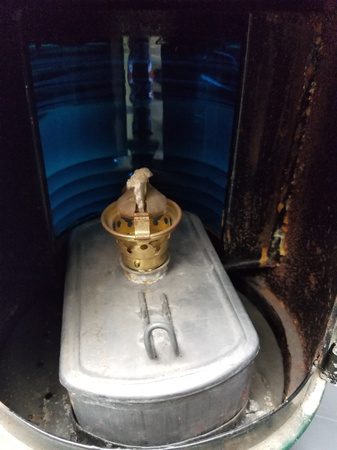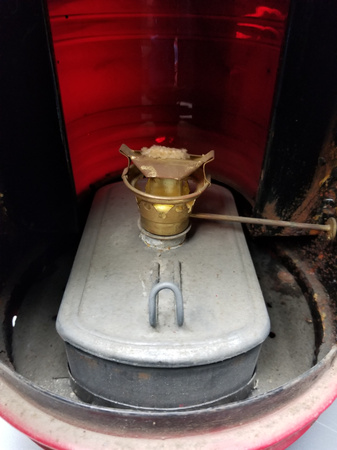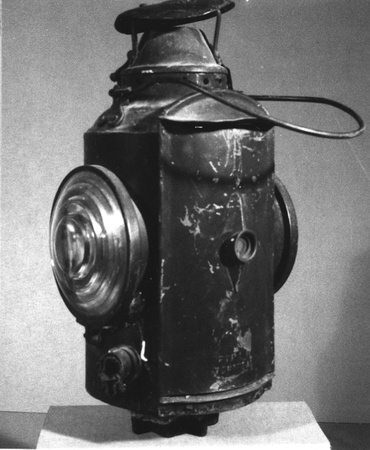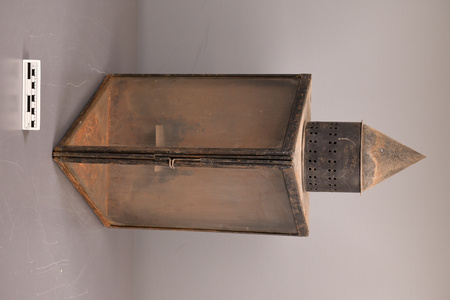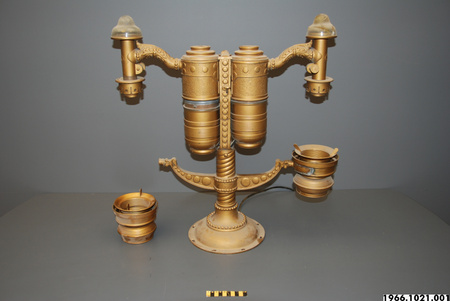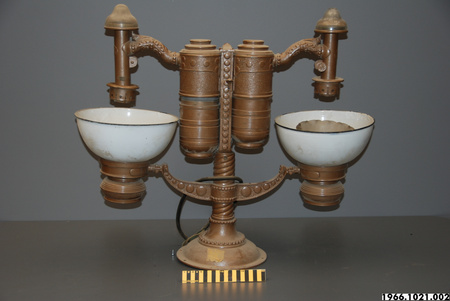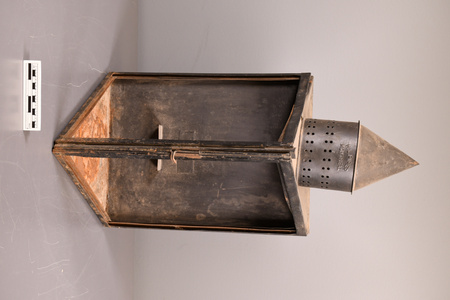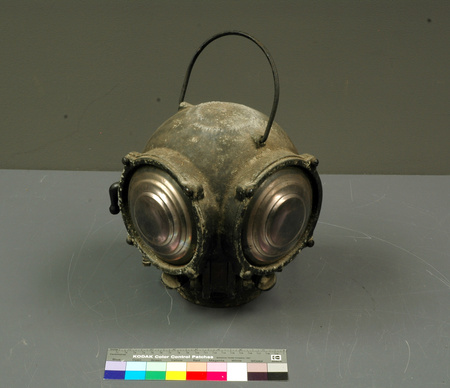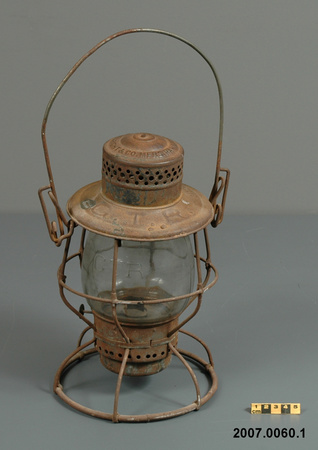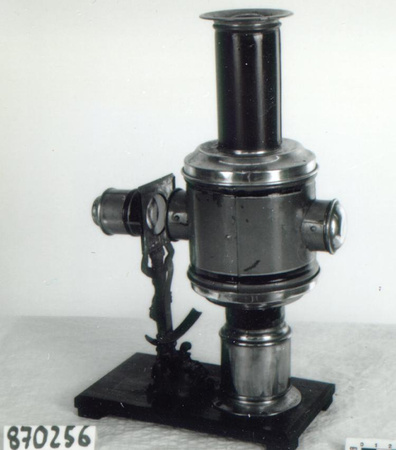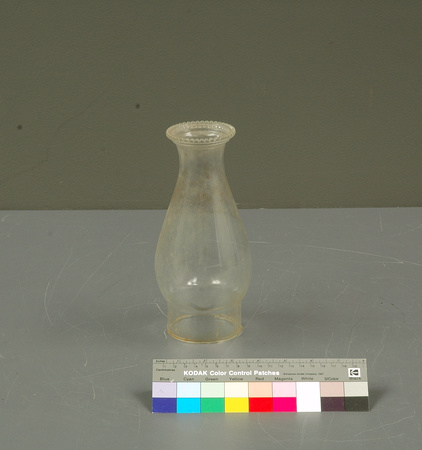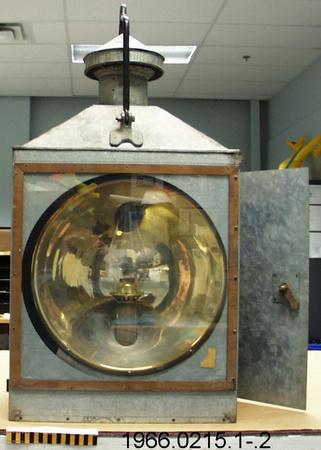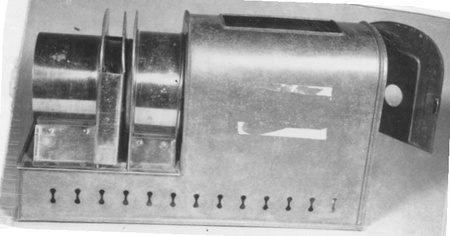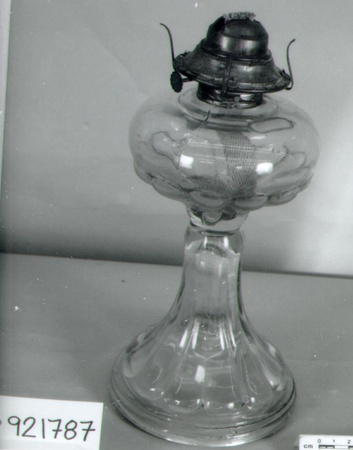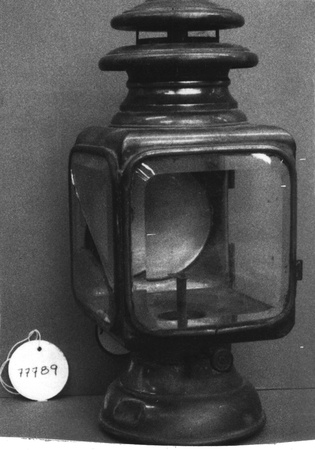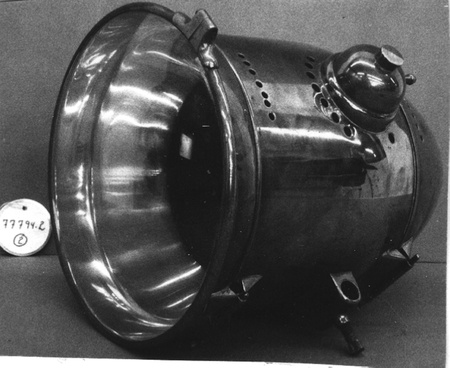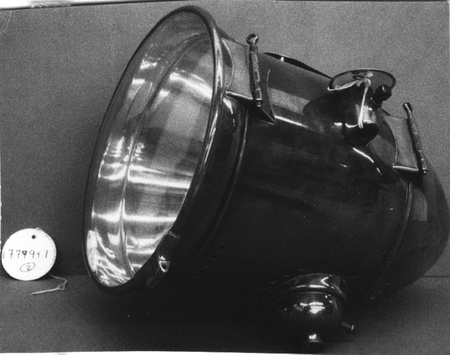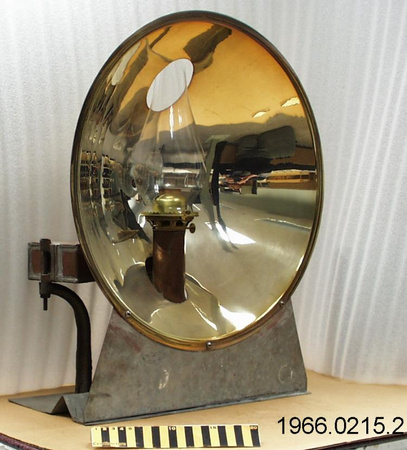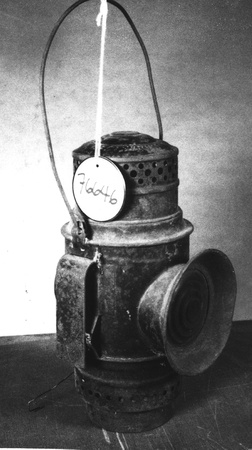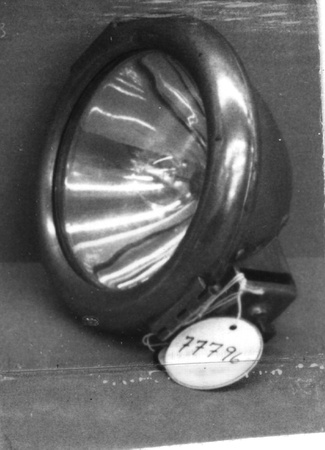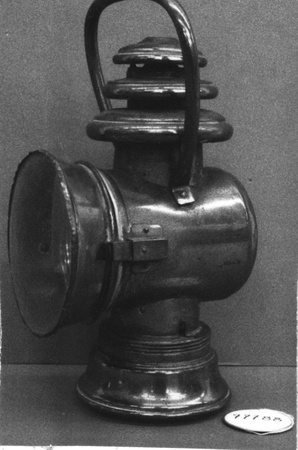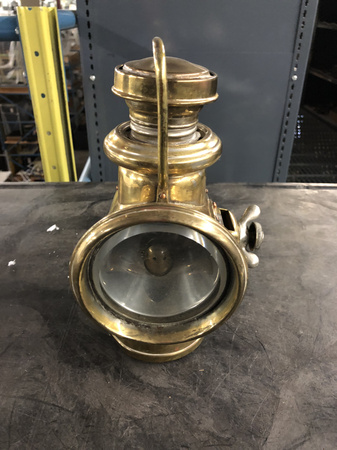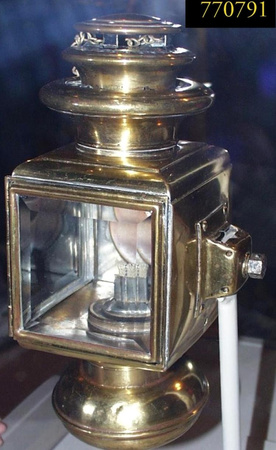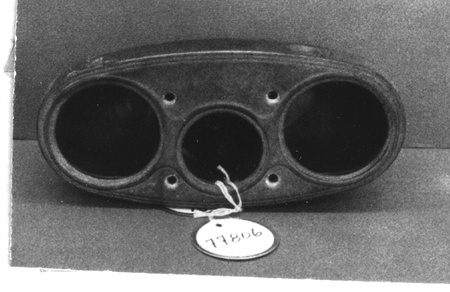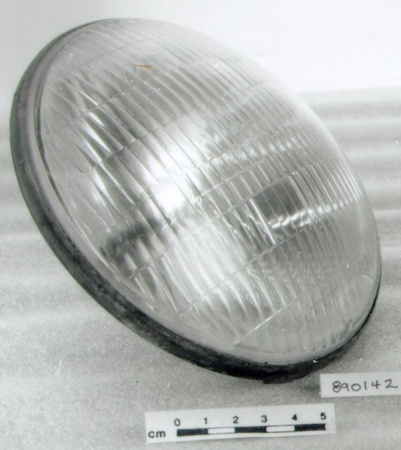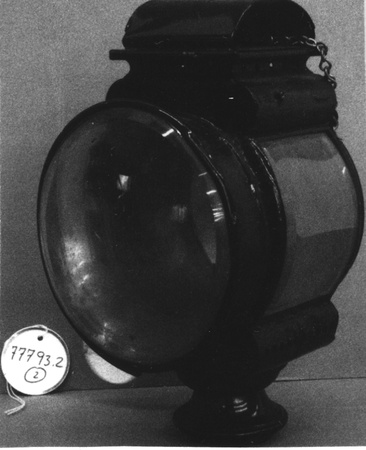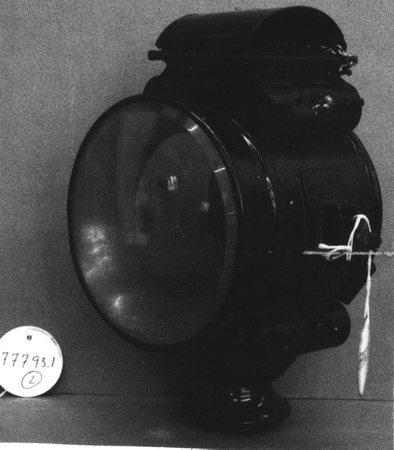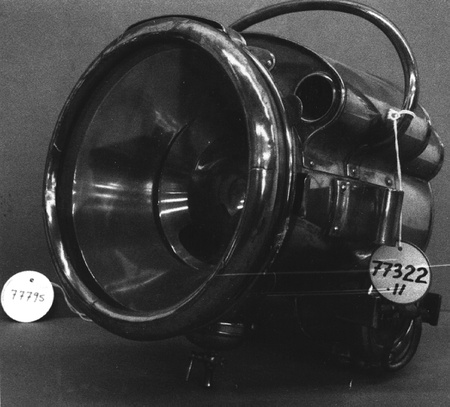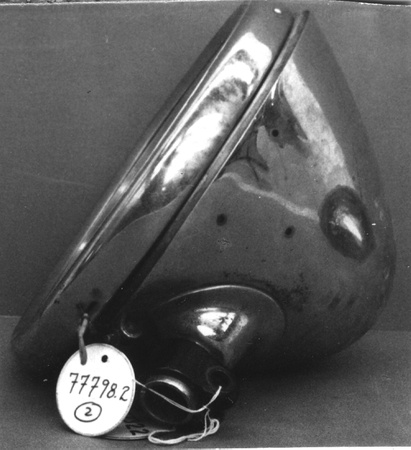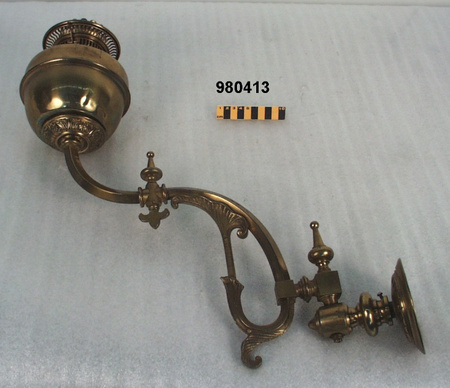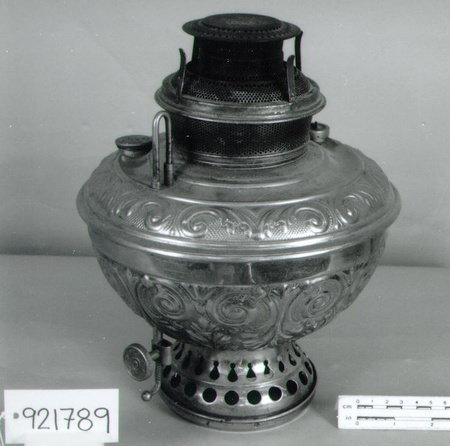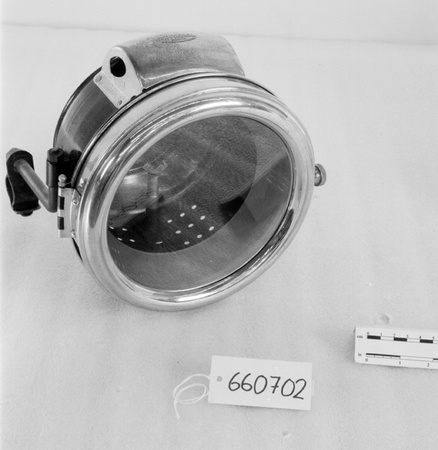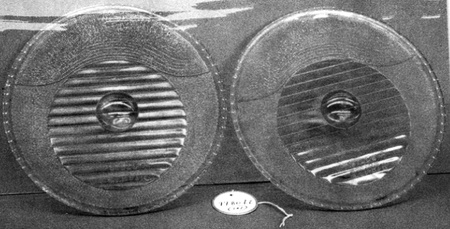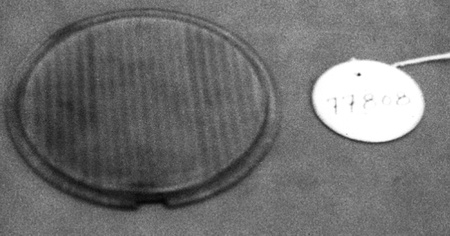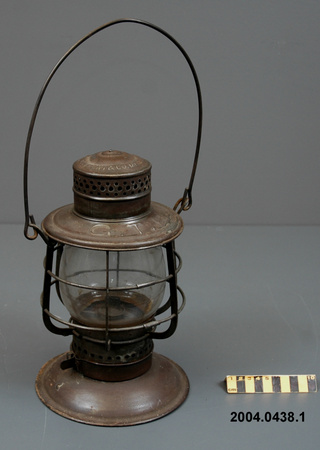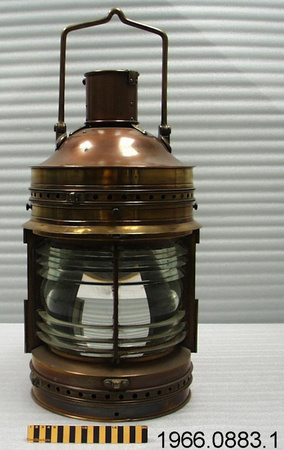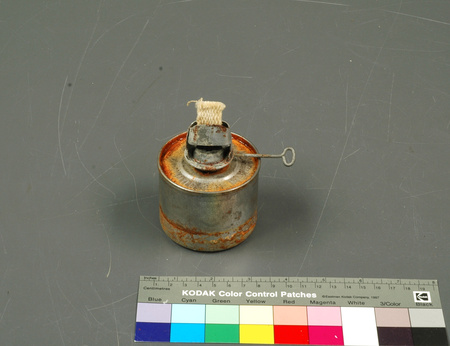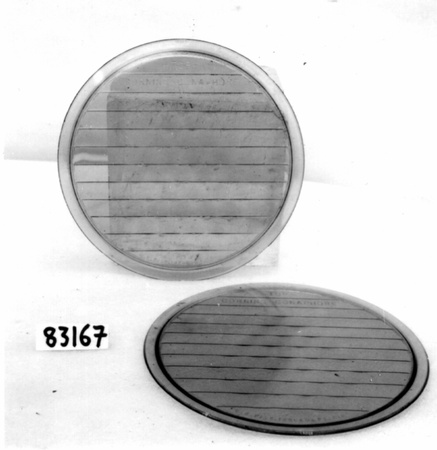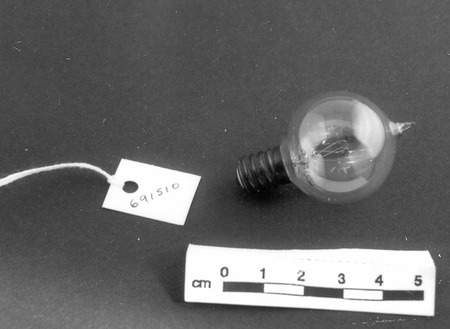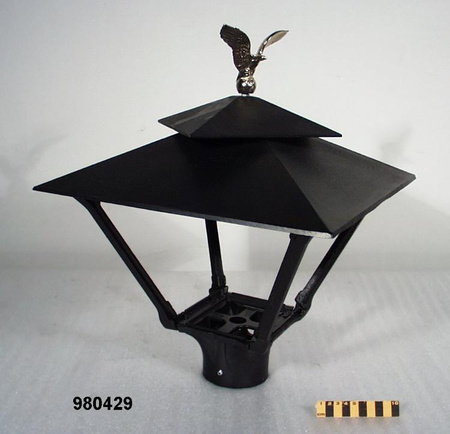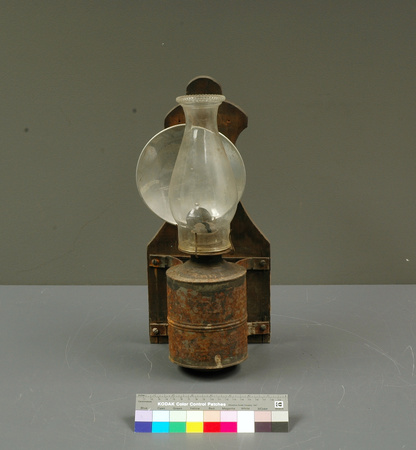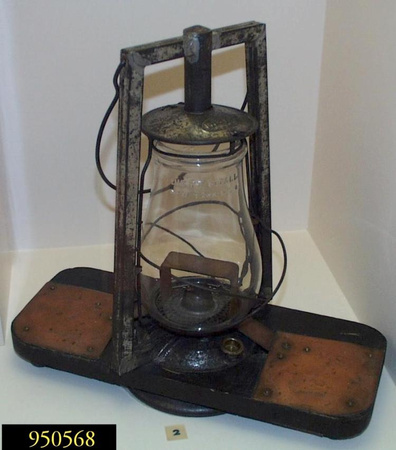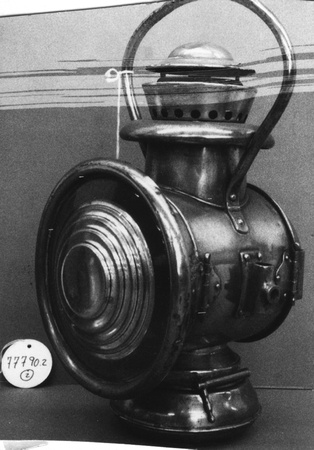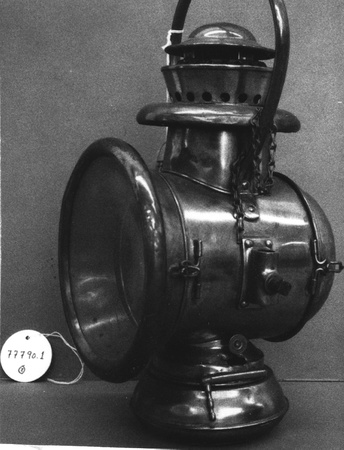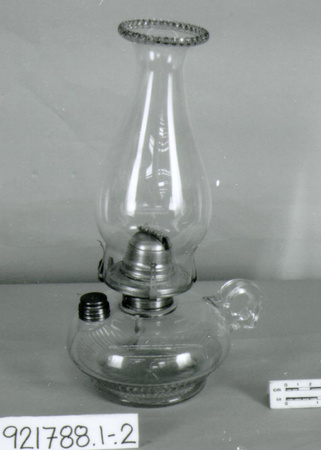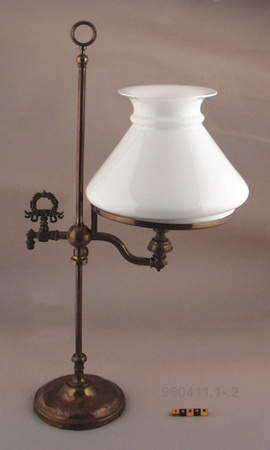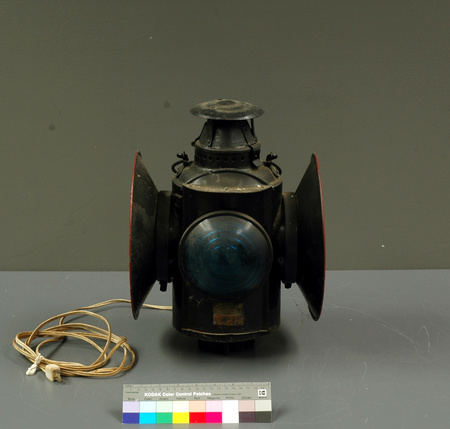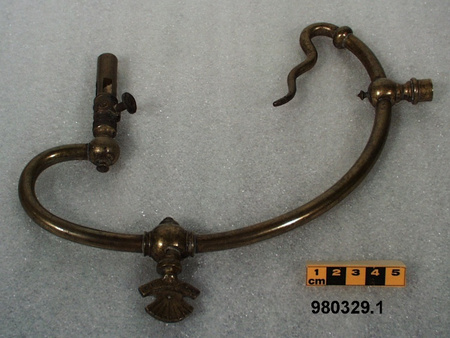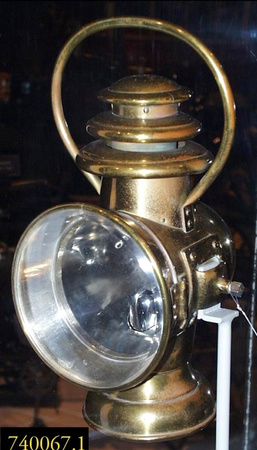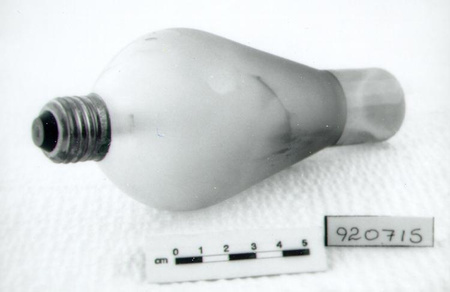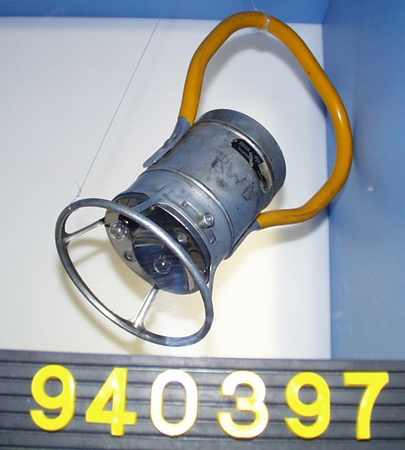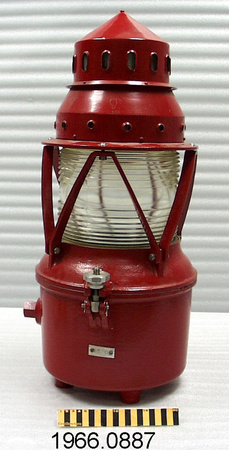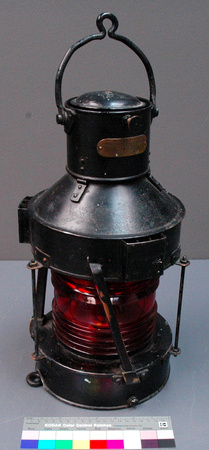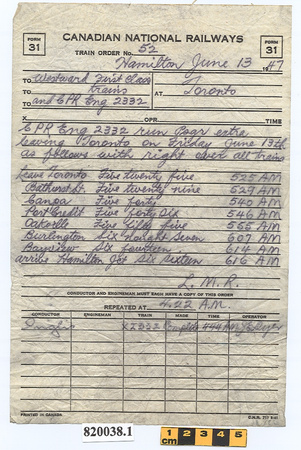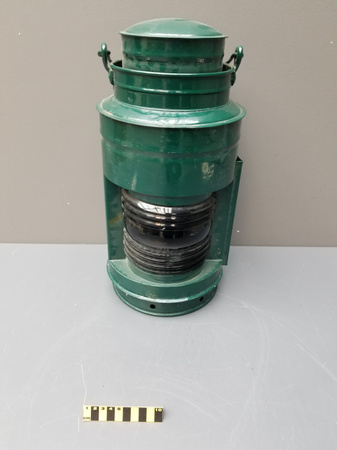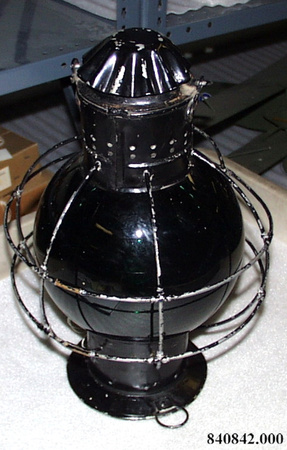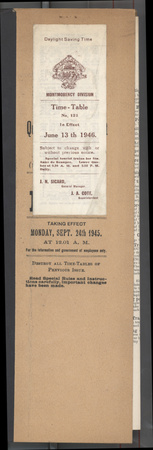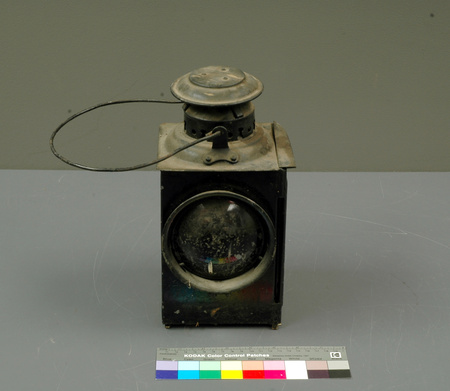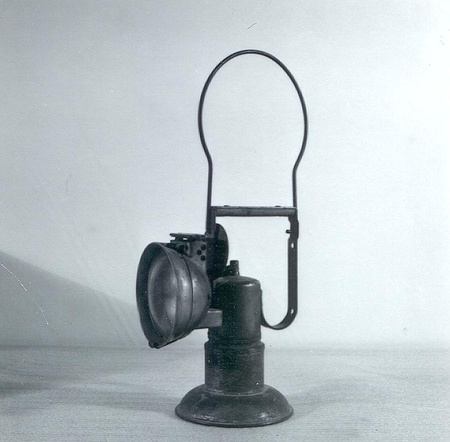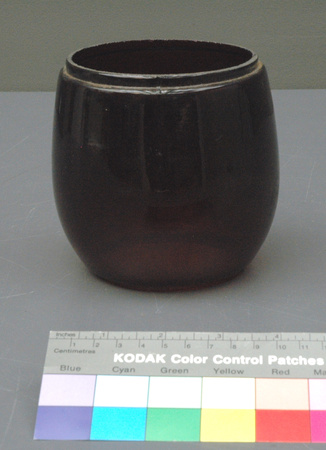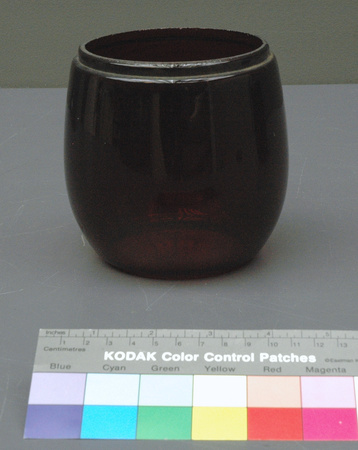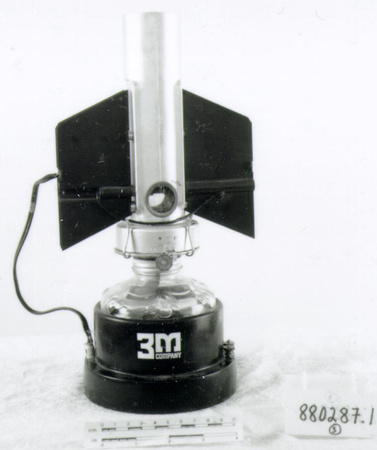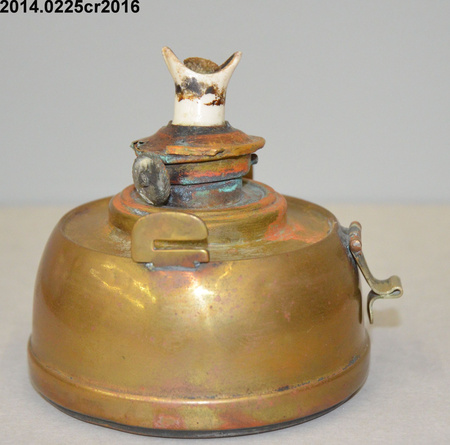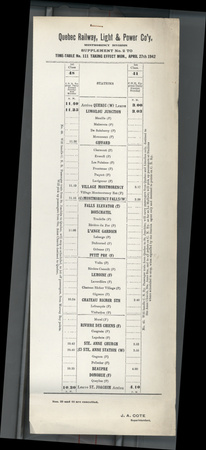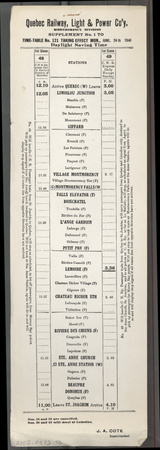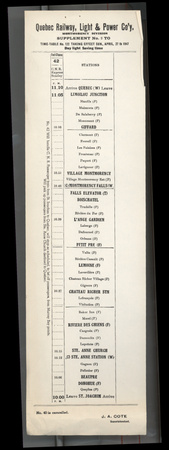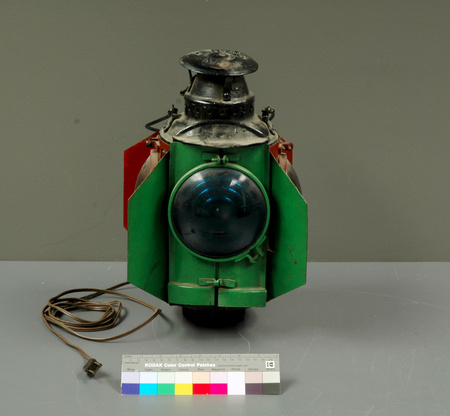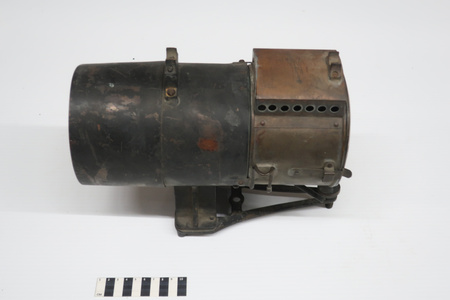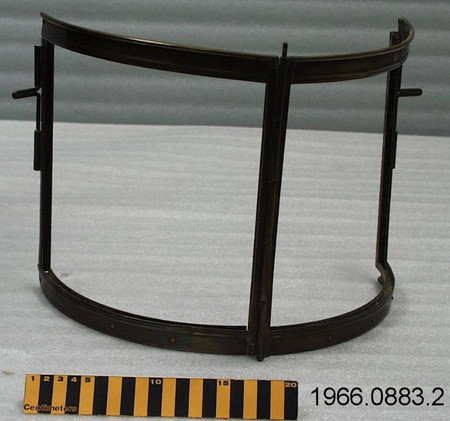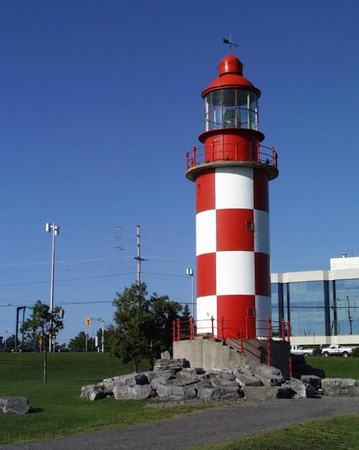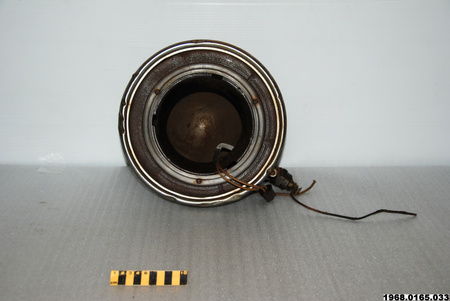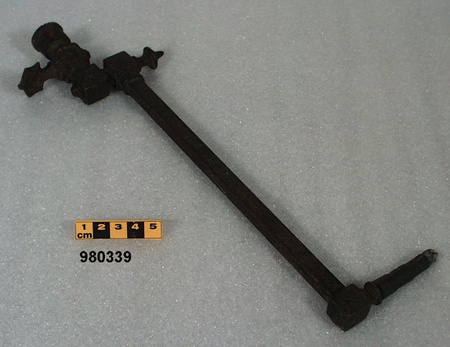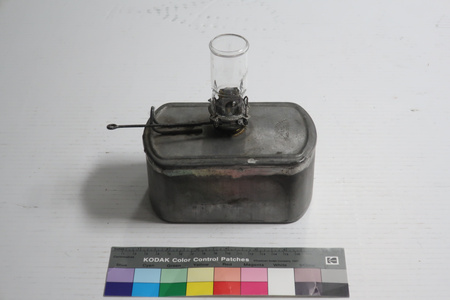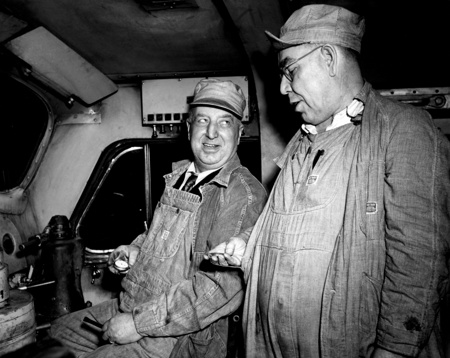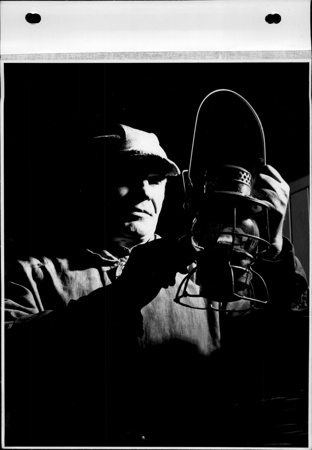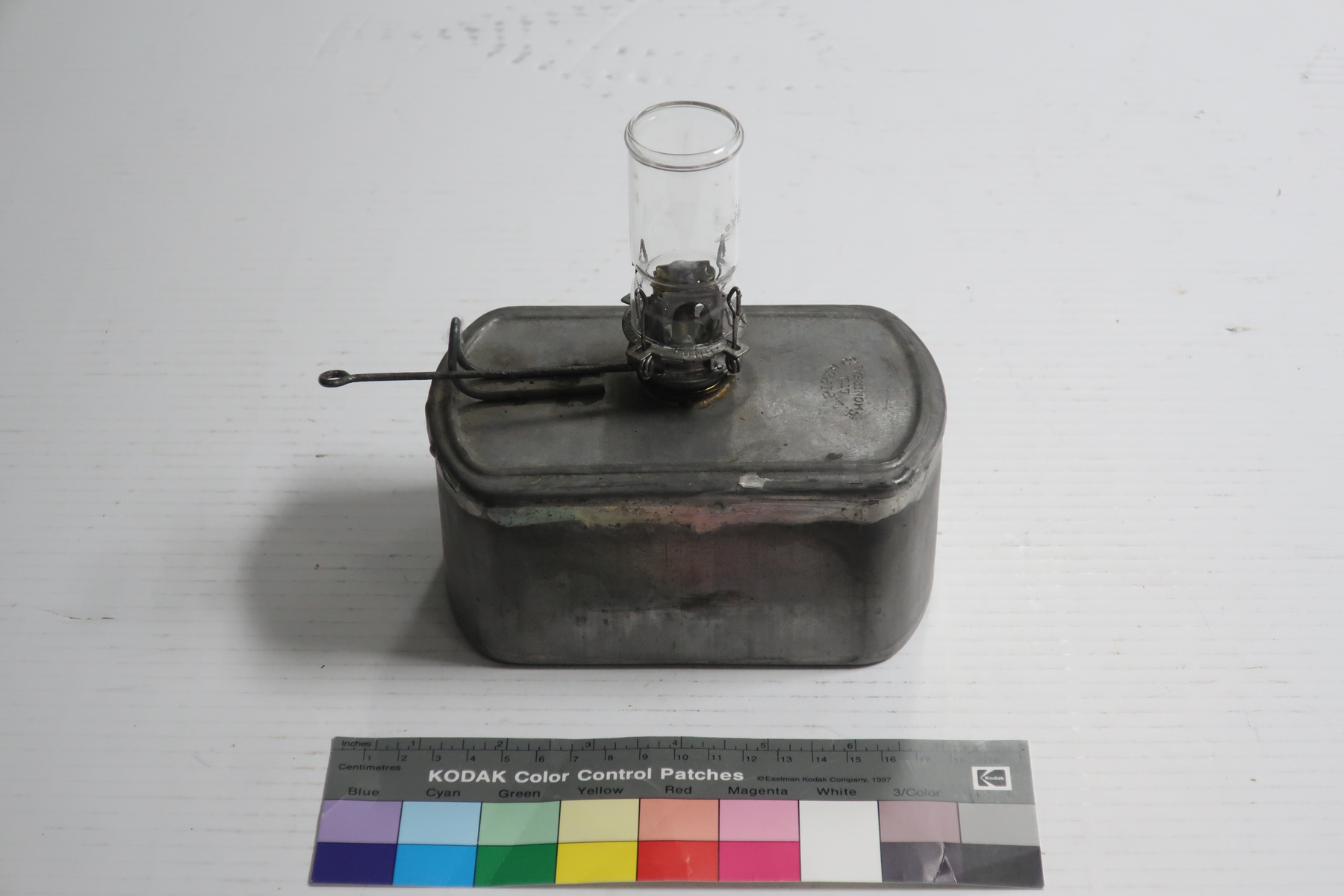Bec de lampe
Utiliser cette image
Puis-je réutiliser cette image sans autorisation? Oui
Les images sur le portail de la collection d’Ingenium ont la licence Creative Commons suivante :
Copyright Ingenium / CC BY-NC-ND (Attribution-NonCommercial 4.0 International (CC BY-NC 4.0)
ATTRIBUER CETTE IMAGE
Ingenium,
1966.1107.001
Permalien:
Ingenium diffuse cette image sous le cadre de licence Creative Commons et encourage son téléchargement et sa réutilisation à des fins non commerciales. Veuillez mentionner Ingenium et citer le numéro de l’artefact.
TÉLÉCHARGER L’IMAGEACHETER CETTE IMAGE
Cette image peut être utilisée gratuitement pour des fins non commerciales.
Pour un usage commercial, veuillez consulter nos frais de reproduction et communiquer avec nous pour acheter l’image.
- TYPE D’OBJET
- oil/signal lantern
- DATE
- 1950
- NUMÉRO DE L’ARTEFACT
- 1966.1107.001
- FABRICANT
- Piper, H. L. Co. Ltd.
- MODÈLE
- Inconnu
- EMPLACEMENT
- Montréal, Québec, Canada
Plus d’information
Renseignements généraux
- Nº de série
- S/O
- Nº de partie
- 1
- Nombre total de parties
- 1
- Ou
- S/O
- Brevets
- S/O
- Description générale
- Metal font and burner with a glass chimney.
Dimensions
Remarque : Cette information reflète la taille générale pour l’entreposage et ne représente pas nécessairement les véritables dimensions de l’objet.
- Longueur
- 19,0 cm
- Largeur
- 9,8 cm
- Hauteur
- 17,0 cm
- Épaisseur
- S/O
- Poids
- S/O
- Diamètre
- S/O
- Volume
- S/O
Lexique
- Groupe
- Technologie d'éclairage
- Catégorie
- Appareils d'éclairage
- Sous-catégorie
- S/O
Fabricant
- Ou
- PIPER
- Pays
- Canada
- État/province
- Québec
- Ville
- Montréal
Contexte
- Pays
- Inconnu
- État/province
- Inconnu
- Période
- Unknown
- Canada
-
Canada’s railway networks are large, busy, and complex. Prior to the mid-20th century, railways used a system of communication known as time table and train order operations to manage train movements safely and efficiently. In order the make this system work, trains had to be identified as scheduled or extra and it had to be clear when a train had passed a given point on the line. Railways used classification lamps affixed to the front of the locomotive to identify the type of train. A white light signaled an “extra” or unscheduled train while a green light indicated that the train had more than one section. Regularly scheduled trains did not need a classification light. Marker lights were carried at the end of the train and were red. They indicated that the train had passed a given point in the system leaving it clear for other trains to use. During daylight hours, the lights would be replaced by signal flags that could be more clearly seen. - Fonction
-
To provide a source of light for a railway lantern mounted on a vehicle. - Technique
-
From the late 19th through to the present day, Canadian railways set up and operated vast systems of lighted signals as part of the infrastructure supporting train operations. For many decades, the light source of choice for these signals was the oil lamp. This small lamp slid into a slot in a larger lantern comprising a metal frame and a series of glass lenses, either coloured or clear depending on their application. The fount size and style and the burner and chimney type also depended on the model of lantern for which they were intended. Railway supply companies like Hiram Piper of Montreal offered a variety of models of lanterns and lamp founts, burners, and chimneys for railway operations. Their catalogue shows that railways continued to use these simple oil lamps alongside electrical lighting equipment well into the mid-20th century. This is probably due to the fact that they were easy to use and maintain and relatively inexpensive to buy. Railways gradually converted to electrical operation where there was a readily available and reliable source of power such as on passenger trains. For lights that marked switches or other important points on the rail line, conversion was more difficult. There were many isolated stretches of single track with sidings and switches that needed to be marked but that were far away from any reliable source of electrical power. Railway workers would have to visit these sites regularly to top up the founts with kerosene and to ensure that the signal was lit when needed. As railways increasingly automated their signaling systems after 1960 and phased out timetable and train order operations, these lamps and many of the workers who maintained them were made redundant. - Notes sur la région
-
Inconnu
Détails
- Marques
- In recessed letters on the proper top of the font of the burner: "H. L. PIPER Co./ LTD./ MONTREAL"/ On chimney: "PYREX/ USA"
- Manque
- Appears complete
- Fini
- Grey metal oil fount and burner and a clear glass chimney with white markings.
- Décoration
- S/O
FAIRE RÉFÉRENCE À CET OBJET
Si vous souhaitez publier de l’information sur cet objet de collection, veuillez indiquer ce qui suit :
Piper, H. L. Co. Ltd., Bec de lampe, vers 1950, Numéro de l'artefact 1966.1107, Ingenium - Musées des sciences et de l'innovation du Canada, http://collection.ingenium.ca/fr/id/1966.1107.001/
RÉTROACTION
Envoyer une question ou un commentaire sur cet artefact.
Plus comme ceci
